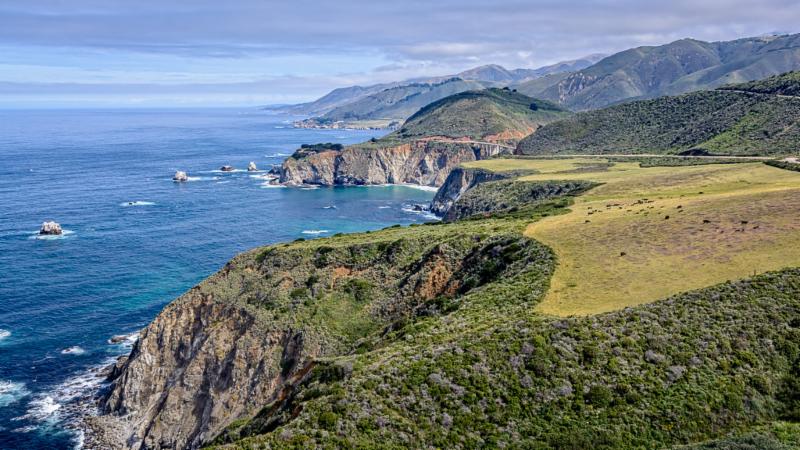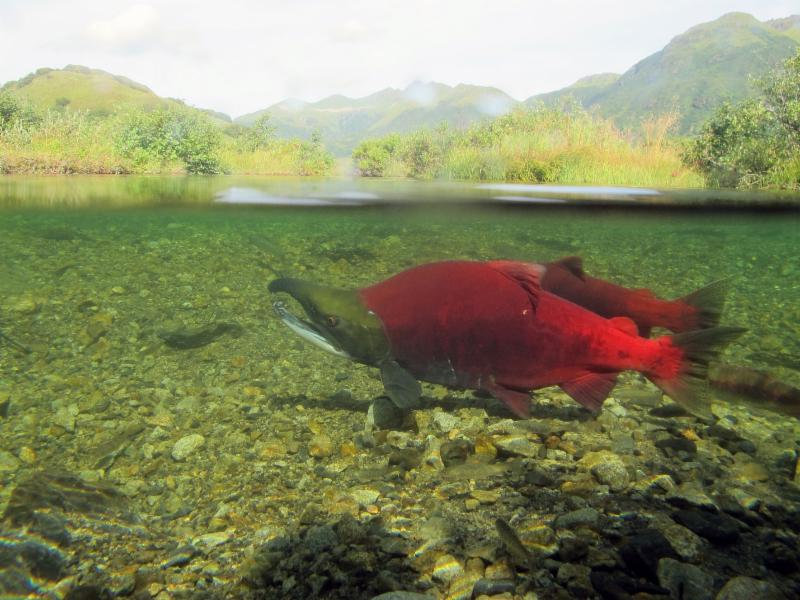This National Monument Could Be Cut in Size
By Ben Wolfgang/Washington Times
Photo by John Fowler/flickr
The Trump administration is poised to nip the Bears Ears National Monument, beginning a rollback of one of President Obama's most aggressive environmental moves.
Interior Secretary
Ryan Zinke
issued an interim report Monday saying the 1.35-million-acre Utah monument that Mr. Obama established on his way out of office is far too big and needs to be carved up and cut down to size.
It's the first in what is likely to be a series of moves to reverse Mr. Obama's aggressive use of presidential powers under the 1906 Antiquities Act to heighten federal control of public lands. The law says national monuments should use the "smallest area" possible - a requirement that
Mr. Zinke
says has been clearly violated by the sprawling
Bears Ears monument
.
"The recommendation is to revise the existing boundaries," he told reporters on a conference call.
He did not say how much acreage would remain under formal monument protections, though he seemed to suggest that the status will be revoked for much of the land if Mr. Trump follows his suggestions.
Mr. Zinke
said two specific areas should remain national monuments: the area containing the Bears Ears geological formation and an area farther north that contains a "high density of archaeological sites."
|
|
When Are You Too Close to a Nesting Bird?
Photo by Scott Schiller/flickr
Observing bird behavior is one of the many pleasures of birding. Each species has its own quirks of feeding, flight, and social interaction, and seeing a bird engage in these natural behaviors gives the burgeoning birder a better understanding of the species beyond just field marks and identification points.
Of all the behaviors a bird engages in, however, new birders should take care to learn some sooner than others: namely, the variety of ways birds tell you that you're too close to their nests.
It's the beginning of summer, and birds are either sitting on eggs or already have hungry hatchlings to feed. This time of year is when birds are most vulnerable-and the most defensive.
The consequences of getting too close to a nest can be severe.
|
Louisiana OKs
$50 Billion Plan for Coastal Restoration
By Mark Schliefstein/The Times-Picayune
Photo by John McQuaid/flickr
"The work state lawmakers have done is commendable and necessary as we move forward with saving and protecting Louisiana's coast," Edwards said.
The approval came one day after President Trump signaled that the United States will pull out of an international treaty to reduce climate-changing carbon emissions linked to sea level rise, one of the major factors in Louisiana's land loss.
But that debate played little role in the almost unanimous legislative approval of both the master plan and its annual budget. The
Coastal Protection and Restoration Authority
updates the master plan every five
years, and this latest version includes even more dire warnings of the potential effects of sea level rise than previous plans.
|

How to
Make Marine Conservation a Local Effort
By Anorina Kingdon/Hakai
Photo by Fazia_/flickr
First, do no harm. It's a guiding principle of all physicians and one that environmental researcher Nathan Bennett would also like marine conservationists to respect. In a
new paper
, he and his coauthors call for a marine conservation code of conduct.
We don't usually think of conservation efforts doing harm, but Bennett says intentionally or unintentionally, it happens. It's "the robbing of either marine resources or areas of the sea or the coast from the people to whom it belongs," he says. In some more egregious instances, it could mean ejecting people from their homes or even limiting, or completely preventing, their access to the coast.
In 2010, the UN Convention on Biological Diversity put forward a series of biodiversity goals called the
Aichi targets
. Target 11 says that each country would commit to protecting 10 percent of its coastal and marine areas by 2020. As the deadline approaches, efforts around the world are ramping up.
And Bennett says in Canada, the situation is complex, with areas of the coast being set aside not only for conservation, but also for oil and gas exploration, shipping, and fishing. Bennett wants governments to reach the target with systematic planning, minimal impacts, well-considered partnerships, and discussions on how conservation efforts will benefit communities.
|

Why do Sockeye Change Color at this Time of Year?
By Joanna Klein/New York Times
Photo by Alaska Region USFWS/flickr
In the Bristol Bay region of Alaska, an estimated 40 million sockeye salmon are returning from the Pacific Ocean to the freshwater streams and lakes where they grew up. There, they will find mates, spawn and die. But before that, they transform. The "bluebacks" become "reds." And if you happen to be in the area, you can witness one of the most miraculous costume changes of the animal kingdom.
"That's one of the biggest concentrations of sockeye salmon in the world," said
Chris Foote
, a behavioral ecologist at Vancouver Island University. "They're in the early parts of their marine run to freshwater now, and that will peak in the next couple of weeks."
After hatching, sockeye salmon spend up to four years developing in lakes and connected streams. Then they go to sea.
In the ocean, they look like typical fish: black-speckled, blue-backed and white-bellied. But in their long-distance journeys to their spawning areas, their bodies slowly change over six to eight weeks. The jaw elongates. The nose hooks downward. Big, canine-esque teeth break through the gum line. Skin thickens. The head goes green, and just before the spawning, orange-red pigments from the fish's flesh are transported to the skin and the body blushes bright red.
This switch from ocean practical to freshwater Don Juan is how the fish, male and female, advertise their fitness: It attracts mates and deters competitors.
|
|
|
|
|
|